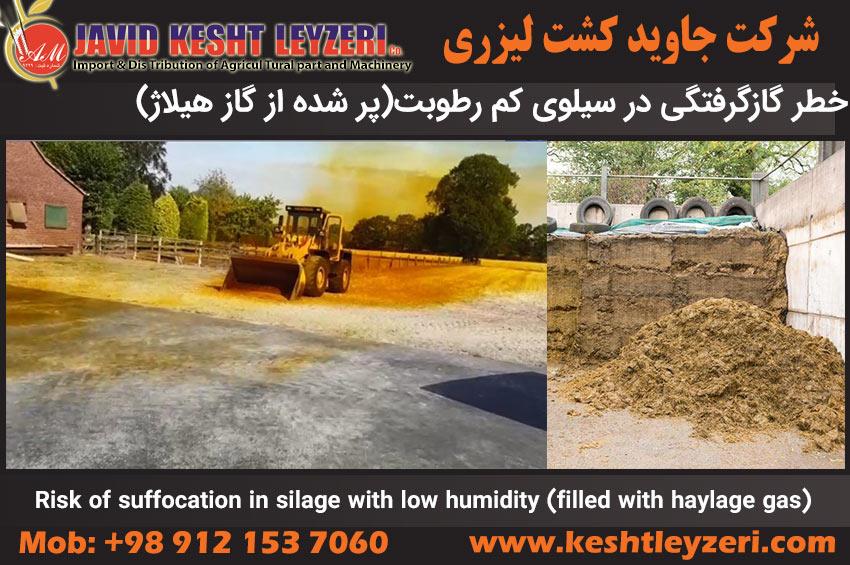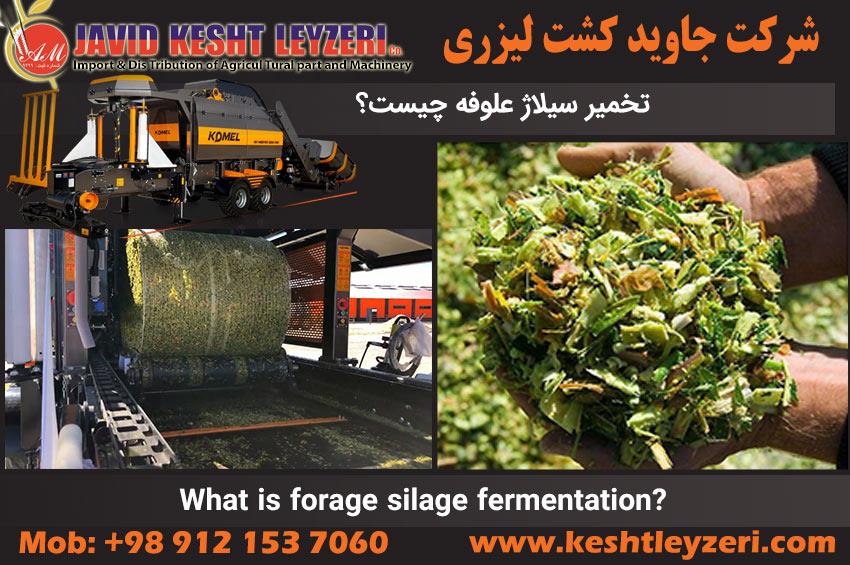- 10 Jul 2023
- 1598
A review of silage quality and changes caused by the fermentation process in silage forage
The first step in investigating effective bacteria in the process of ensiling fodder and all types of agricultural residues is to know the origin of the bacteria. There are two types of bacteria in fodder.
- 07 Jul 2023
- 1193
Risk of suffocation in silage with low humidity (filled with haylage gas)
Fermentation can cause the formation of deadly gases in the silo. Turning on the blower before entering the silo is important, but not enough. After filling the silo, the forage level doors should be opened immediately.
- 05 Jul 2023
- 2039
What is forage silage fermentation?
For ensiling, it stores fresh or withered fodder for fermentation and souring in a place called silo. This place should be protected as much as possible against the entry of air and the exit of gases. The act of fermentation or souring makes fodder stable and prevents fodder spoilage.
- 04 Jul 2023
- 2155
What can be done if there is mold and yeast in corn silage?
The presence of silages that are not aerobically stable is one of the most common problems on dairy farms, even in the United States. Maize silage that has not yet reached aerobic stability has characteristics such as high temperature, mold growth and unpleasant smell and mustiness that can be seen in the front parts and upper surfaces of the silage that are used on a daily basis.
- 26 Jun 2023
- 2558
Characteristics of corn silage as the king of silage
In this article, the technical analysis, characteristics and process and stages of fodder silage fermentation are presented.





